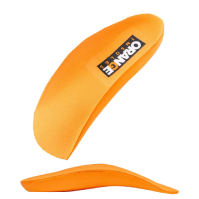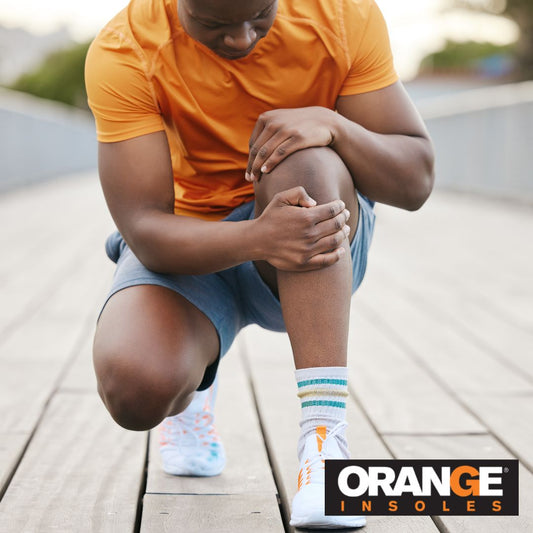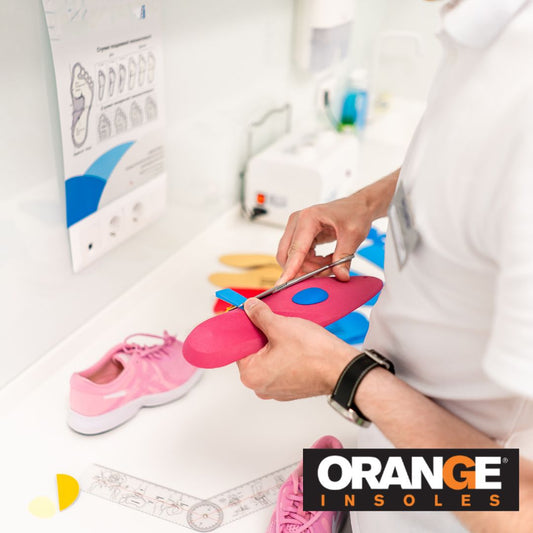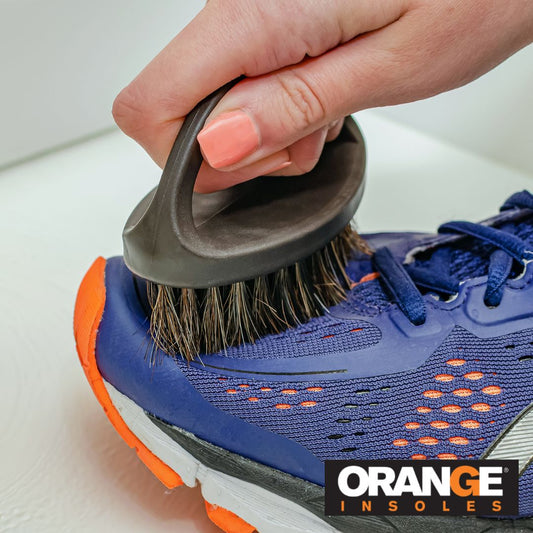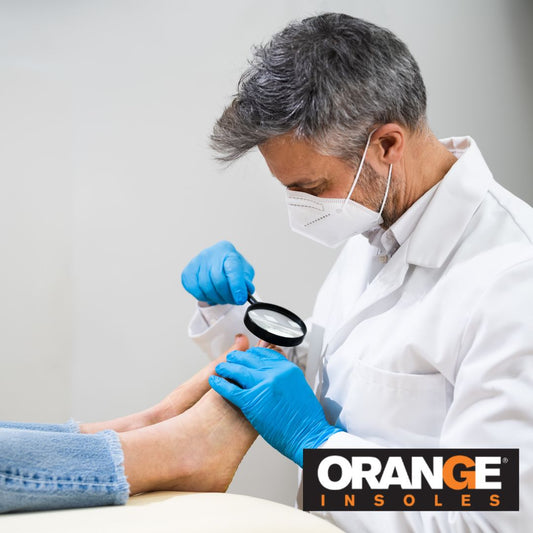For most people, simply getting older is a call to pay more attention to our feet and overall mobility. For those with Parkinson’s Disease, finding the right foot support is a little more challenging. Well-suited shoes for Parkinson’s can help ease and prevent further issues caused by muscle stiffness, loss of coordination and other symptoms.
How walking is more difficult with Parkinson’s
As the symptoms increase with time, your gait (the way you walk) and balance is likely to be affected. These are often the main causes for such mobility problems:
- Rigid ankles
- Slow movements
- Stiffness or cramps in the calves
- Toe-curling
- Swollen ankles, feet and legs from less or slower walking
- Freezing while walking
- Bad posture and balance
As the caregiver of someone with Parkinson’s, or having Parkinson’s yourself, it’s important to always ask a doctor how you can make walking a safer activity. Good footwear alone won’t solve these complicated issues, but it can definitely help when used alongside other ways of reducing the risk of falling.
What kind of shoes are best?
Research points out that using both toe-heel and heel-toe patterns of walking are healthy, but these are much more difficult to do with a nervous system disease. People with Parkinson’s may have a flat-footed gait; this kind of shuffling is not great for the leg muscles nor absorption of impact. Not only can walking incorrectly wear down on the muscles, but it can contribute to building more calluses in the soles of your feet. So, it’s a good idea to find a shoe that is built to help support the correct gait and deal with the symptoms stated above. Athletic shoes are often what you should stick to if you have Parkinson’s. With all that considered, make sure your next pair has:
- A wide enough toe box so that toes are not cramped
- A low, broad heel so that pressure isn’t placed in the balls of your feet
- Laces or velcro straps that fasten closely to the ankle
- Soles with enough traction (leather soles and slippers have none!)
- Enough room to handle swelling
- Enough room for shoe insoles. Our Orange Full insoles have just the right amount of cushioning to prevent calluses and help take the pressure off your muscles. Not only that, but its deep heel cup and arch promote healthy body alignment.
While these are some great general guidelines to follow, a podiatrist, physiotherapist, or occupational therapist will give you more personalized guidance for your feet.
How often should my shoes be replaced?
Athletic shoes are built to last 3 to 6 months- or 300 to 500 miles- but as a person with Parkinson’s, chances are, you are not walking or running as much as others. If you’re using them to walk an average of 30 minutes a day, your shoes should last you 6 months. They may even last you longer; it depends on how they hold up. If you see visible holes, signs of wear and tear, or if they’ve lost their shape- it’s time for a new pair!
Read more: 5 ways to know it's time to replace your shoes
When it comes to being able to get around, footwear is just a small piece of the puzzle. There are plenty of other factors to consider when it comes to mobility that should be discussed with your doctor. Being well-prepared and knowledgeable on how to manage your symptoms is sure to improve your quality of life with Parkinson’s.


